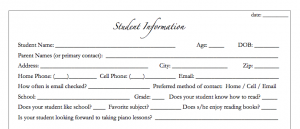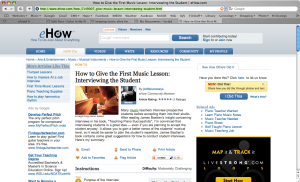Also in this series:
- [Currently Viewing:] 30 FIVE-FINGER PATTERNS music images – Make your own Music Worksheets – includes the original tutorial.
- 60 CHORDS music images – Make your own Music Worksheets – click here
Ever find yourself wanting to make a music worksheet for your students, but don’t have easy access to any music notation software? This tutorial will get you on your way to creating your own music worksheets using a word processor on your computer — without purchasing an expensive music notation software. Once you’ve created some worksheets, you can print as many worksheets as you need and send them home with your students.
Using Finale software, I have saved tons of image files of chords, five finger patterns, arpeggios, etc. on my computer over the last couple years. I’d like to share them with you, so you can make your own music worksheets using just a simple word processor like Microsoft Word.



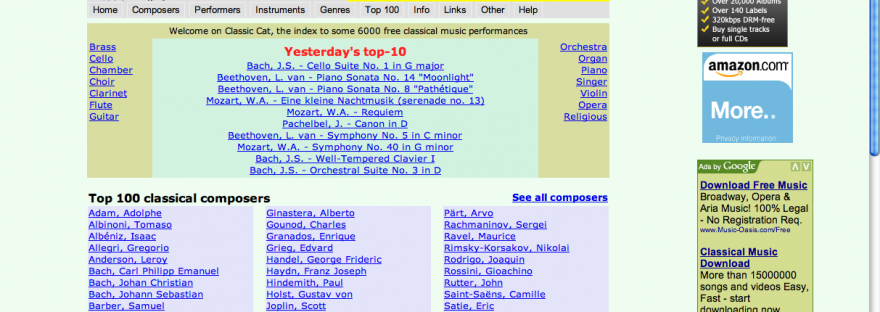
 This site is a great place to send your students who are working on Classical repertoire. Personally, I’ve been able to use the NAXOS site to listen to pieces I’m currently working on, but I’ve always had free access as a college student. (Otherwise you have to pay to use it.) But ClassicCat.net is free, plus it often allows you to not only listen to the mp3’s, but often to download them also!
This site is a great place to send your students who are working on Classical repertoire. Personally, I’ve been able to use the NAXOS site to listen to pieces I’m currently working on, but I’ve always had free access as a college student. (Otherwise you have to pay to use it.) But ClassicCat.net is free, plus it often allows you to not only listen to the mp3’s, but often to download them also! 
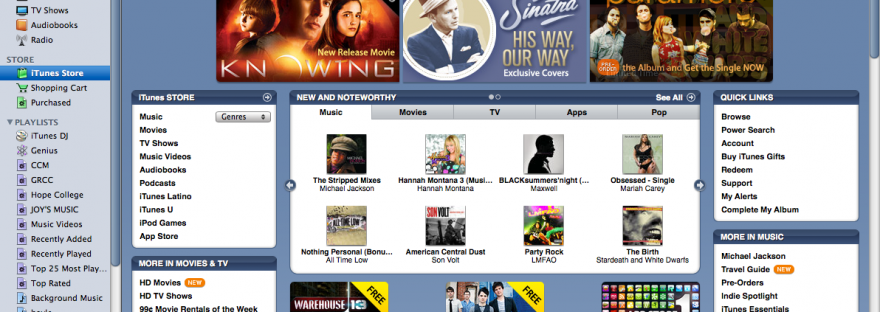
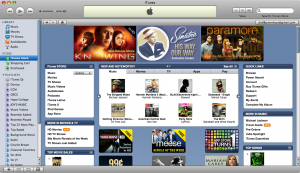 Did you know that iTunes offers free downloads each week? If you use iTunes on your computer (you can download it
Did you know that iTunes offers free downloads each week? If you use iTunes on your computer (you can download it 
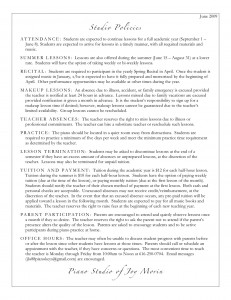 Here’s a sample of my Studio Policies handout I made during my Piano Pedagogy class at college. (This one is just a sample — the info is not completely accurate to my own current studio policies.) Hope it helps in making your own!
Here’s a sample of my Studio Policies handout I made during my Piano Pedagogy class at college. (This one is just a sample — the info is not completely accurate to my own current studio policies.) Hope it helps in making your own! 
